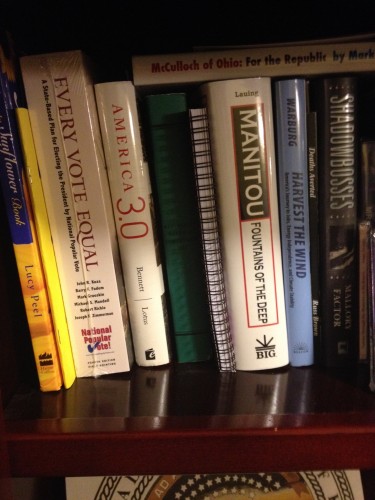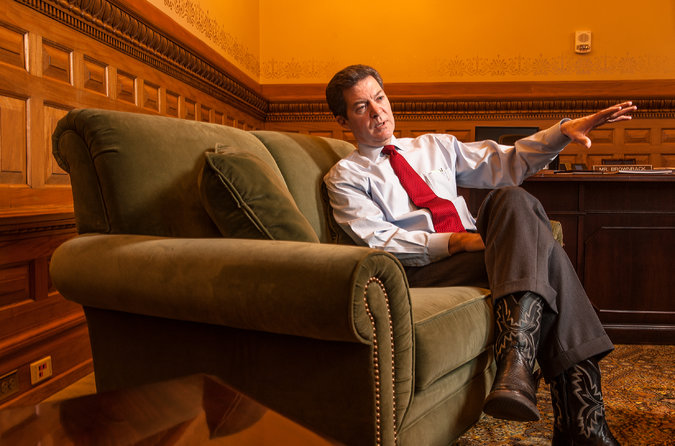A few years ago I went to Norway and had a great time. In this post I described how expensive everything was in Norway due to their highly valued currency (tied to oil riches) combined with the relentless decline of the US dollar (tied to ZIRP and other dubious economic moves). In the simplest terms, a fast food meal or a beer in Norway cost over $20 USD which is complete madness.
Business Insider discussed the Scandinavian economic experiment, where high taxes are applied to goods and services in order to fund a vast social safety net. From the article:
In Norway, a burger and fries at a fast food joint will set you back $23. A six-pack of warm grocery-store beer is nearly $30.
These hefty price tags are due, in part, to high wages for low-skilled service jobs. But high taxes play a role too.
Most products have a 25 percent value-added tax, which means that $5.50 of the cost of that burger goes to fund Norway’s generous social programs.
As a visitor, you get little for the added price. But, as a resident, your daily spending helps to fund an expansive package of benefits, including health care, child care, high-quality education, pensions, and unemployment insurance.
Some are now proposing this high-cost method, with large taxes embedded in everyday prices, as a solution to the inequity in incomes and wealth that is discussed widely in politics and economics today.
From the perspective of someone who is highly interested in economics and tax policy, my two rules of thumb are:
1) that the tax policy raise the money that it intends to raise
2) that the tax policy not significantly distort economic activity
Any society that implements high taxes such as Norway needs a comprehensive surveillance model in order to collect these taxes. It is difficult to avoid taxes that are broadly assessed on fast food, for instance, because each corporate location will set up cash registers and controls to remit these taxes onto the state. The same types of processes can be installed in liquor stores, formal bars and nightclubs, grocery stores, and restaurants.
In a less-homogeneous society such as the USA, we already have major problems with tax evasion on cigarettes and likely liquor, and these are in responses to our sales taxes. The problems would be compounded if we placed value added taxes on all goods at a higher level and on services such as restaurants, hair care, etc… Smuggling would become rampant and informal or barter methodologies would increase in size and scope. These sorts of costs would have to be applied across the USA or some areas would become uncompetitive and see an out-migration of economic activity, starting with incremental additions (no one has opened a new manufacturing plant in Illinois in years, for instance) and eventually leading to the lock, stock and barrel out migration of existing industries (such as the exodus of car manufacturing out of the Midwest and California to the American South).
Read more

